Cryptocurrency is a type of digital or virtual currency that uses cryptography for security and operates independently of a central bank. Unlike traditional currencies, which are issued and regulated by governments, cryptocurrencies rely on decentralized control through blockchain technology. This technology allows cryptocurrencies to function as a medium of exchange, a store of value, and in some cases, a unit of account. Bitcoin, created in 2009, was the first decentralized cryptocurrency and remains the most widely known and valuable. Other popular cryptocurrencies include Ethereum, Ripple (XRP), Litecoin, and many others. Cryptocurrencies are often traded on online platforms and can be used for various purposes, including online purchases, investment, and remittances.

Bitcoin is the first and most well-known cryptocurrency, created in 2009 by an unknown person or group of people using the pseudonym Satoshi Nakamoto. It operates on a decentralized network called blockchain, which is a distributed ledger that records all transactions across a network of computers.
Bitcoin is often referred to as digital gold due to its finite supply and the fact that it can be a store of value. Unlike traditional currencies, which are issued by governments or central banks, Bitcoin is decentralized and operates independently of any single authority. This decentralization is achieved through a consensus mechanism called proof of work, where miners use computational power to validate transactions and secure the network.
One of the key features of Bitcoin is its limited supply. There will only ever be 21 million bitcoins in existence, which makes it a deflationary asset. This scarcity is one of the factors that has contributed to its value over time.
Bitcoin can be used for various purposes, including online transactions, remittances, and investment. Its price is determined by supply and demand dynamics in the market, and it has experienced significant price volatility since its inception. Despite this volatility, Bitcoin has gained widespread adoption and is considered a pioneering cryptocurrency in the broader blockchain and digital asset space.
Bitcoin’s price has skyrocketed as it’s become a household name. In May 2016, you could buy one Bitcoin for about $500. As of Jan. 23, 2024, a single Bitcoin’s price was around $38,709. That’s a growth of 7,642%.

Ethereum is a decentralized platform that enables developers to build and deploy smart contracts and decentralized applications (DApps). It was proposed by Vitalik Buterin in late 2013 and development was crowdfunded in 2014, with the network going live on July 30, 2015.
Ether (ETH) is the native cryptocurrency of the Ethereum platform. It is used to compensate participants who perform computations and validate transactions on the network. Ether can also be used as a digital currency, similar to Bitcoin, and is traded on various cryptocurrency exchanges.
One of the key innovations of Ethereum is its ability to support smart contracts. Smart contracts are self-executing contracts with the terms of the agreement between buyer and seller directly written into code. They automatically enforce and execute the terms of the contract when certain conditions are met, without the need for intermediaries.
Ethereum has gained significant attention for its potential to enable a wide range of decentralized applications across industries such as finance, gaming, supply chain management, and more. Its flexible and programmable nature has made it a popular platform for developers looking to build blockchain-based applications. Additionally, Ethereum has undergone several upgrades to improve scalability, security, and functionality, with the goal of becoming a more efficient and robust platform for decentralized applications.
Ethereum has also experienced tremendous growth. From April 2016 to the end of January 2024, its price went from about $11 to around $2,189, increasing 19,800%.

Solana is a high-performance blockchain platform designed for decentralized applications (dApps) and crypto-currencies. It aims to provide fast, secure, and scalable infrastructure for developers to build decentralized applications and crypto-currency projects.
One of the key features of Solana is its high throughput, achieved through its unique consensus mechanism called Proof of History (PoH) combined with Proof of Stake (PoS). PoH helps to order transactions before they are processed, which enables parallel transaction processing, leading to high throughput and low latency. This design allows Solana to handle a large number of transactions per second (TPS) with minimal fees.
Solana also focuses on scalability, aiming to support a growing ecosystem of decentralized applications without compromising on performance. Its architecture is designed to scale with network demand, allowing for increased capacity as the network grows.
The platform is known for its developer-friendly environment, with support for programming languages like Rust and C. This makes it accessible to a wide range of developers looking to build on Solana.
Overall, Solana aims to address the scalability and performance challenges faced by many blockchain platforms, with the goal of becoming a leading infrastructure for decentralized applications and crypto-currencies.
When it launched in 2020, SOL’s price started at $0.77. By late January 2024, its price was around $80.66, a gain of 10,376%.
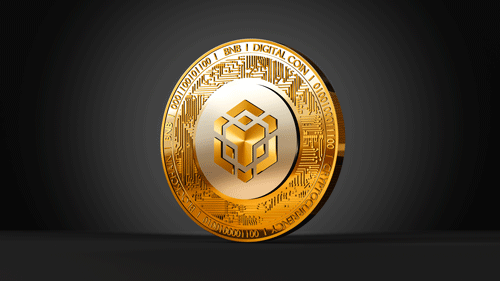
BNB, short for Binance Coin, is the native cryptocurrency of the Binance blockchain platform. Binance is one of the world's largest cryptocurrency exchanges, and BNB was originally created as an ERC-20 token on the Ethereum blockchain during Binance's initial coin offering (ICO) in 2017. However, BNB has since migrated to Binance's native blockchain, Binance Chain, as a BEP-2 token, and later to Binance Smart Chain as a BEP-20 token.
BNB has several use cases within the Binance ecosystem. It was initially created to be used as a utility token for discounted trading fees on the Binance exchange, but its use has since expanded to include various other functions. These include:
Transaction fees: BNB can be used to pay for trading fees on the Binance exchange, with users receiving discounts when using BNB to pay for fees.
Token sales: Binance Launchpad, Binance's token launch platform, allows users to participate in token sales using BNB.
Staking: BNB can be staked on Binance Smart Chain to earn rewards, similar to how other cryptocurrencies can be staked to earn staking rewards.
Cross-chain transfers: BNB can be used to facilitate cross-chain transfers between different blockchains, including Binance Chain and Binance Smart Chain.
Payment: BNB can be used for payments in various applications and services that accept it as a form of payment.
Overall, BNB has evolved into a multifunctional cryptocurrency with a wide range of use cases within the Binance ecosystem, and its value has grown significantly since its launch.
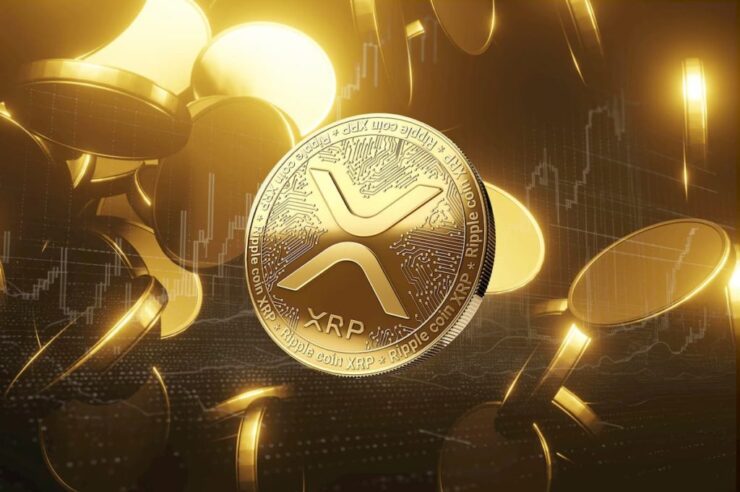
XRP is the native cryptocurrency of the XRP Ledger, a decentralized blockchain technology that aims to enable fast, low-cost cross-border payments. It was created by a company called Ripple Labs (formerly known as OpenCoin) and released in 2012.
One of the key features of XRP is its focus on providing efficient and scalable payment solutions for financial institutions and banks. Unlike many other cryptocurrencies that use proof-of-work or proof-of-stake consensus mechanisms, XRP uses a unique consensus protocol called the Ripple Protocol Consensus Algorithm (RPCA), which is designed to validate transactions quickly and efficiently.
XRP can be used for various purposes within the XRP Ledger ecosystem, including:
Fast and low-cost transactions: XRP transactions are known for their speed and low fees, making them suitable for cross-border payments and remittances.
Liquidity: XRP is often used as a bridge currency in cross-border transactions, where it can facilitate the exchange between different fiat currencies or other cryptocurrencies.
Security: The XRP Ledger is designed to be secure and resistant to censorship, making it a reliable platform for financial transactions.
Enterprise solutions: Ripple, the company behind XRP, offers enterprise solutions for financial institutions and banks, leveraging XRP's technology to improve the efficiency of global payments.
It's worth noting that Ripple Labs, the company behind XRP, has been involved in various partnerships and initiatives aimed at promoting the adoption of XRP for cross-border payments and other use cases. However, XRP has also faced regulatory challenges in some jurisdictions due to its association with Ripple Labs and ongoing debates about its classification as a security.

Cardano is a blockchain platform and cryptocurrency project that aims to provide a more secure and scalable infrastructure for the development of decentralized applications and smart contracts. It was founded by Charles Hoskinson, one of the co-founders of Ethereum, and developed by the company IOHK (Input Output Hong Kong).
Cardano is known for its focus on research-driven development and a layered architecture that separates the settlement layer (Cardano Settlement Layer - CSL) from the computation layer (Cardano Computation Layer - CCL). This separation is designed to enhance flexibility, security, and scalability of the platform.
One of Cardano's key innovations is its use of a proof-of-stake (PoS) consensus algorithm called Ouroboros, which aims to achieve a secure and sustainable network while minimizing energy consumption. This consensus mechanism is used to validate transactions and create new blocks in the blockchain.
Cardano also emphasizes scalability and interoperability, aiming to address some of the challenges faced by earlier blockchain platforms in terms of transaction speed and flexibility. The project has a strong focus on formal verification, a technique used to mathematically prove the correctness of code, which is intended to enhance the security and reliability of smart contracts on the platform.
The native cryptocurrency of the Cardano platform is called ADA. ADA can be used for various purposes within the Cardano ecosystem, including staking to help secure the network, participating in the governance of the platform, and as a means of exchange.
Overall, Cardano is known for its scientific approach to blockchain development, aiming to combine academic research with practical implementation to create a robust and scalable blockchain platform.
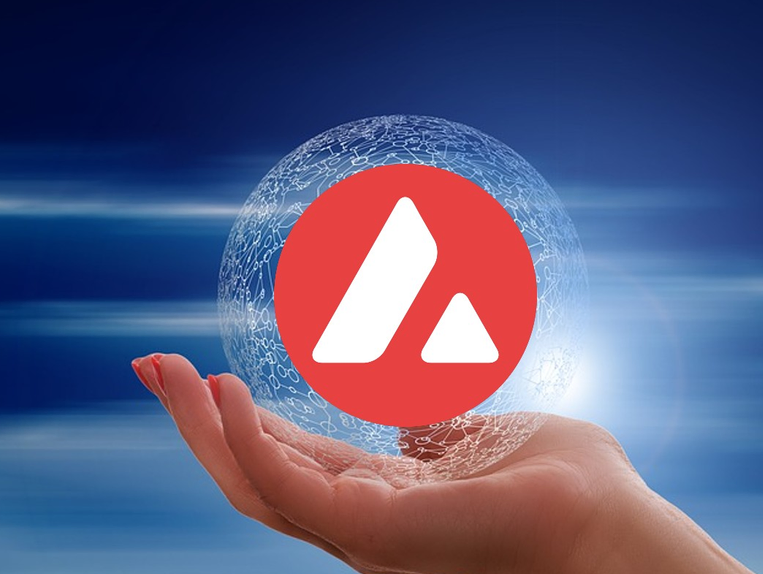
Avalanche is a decentralized platform and cryptocurrency project designed to provide a highly scalable and customizable infrastructure for building decentralized applications (dApps) and custom blockchain networks. It was created by Ava Labs and aims to address some of the limitations of existing blockchain platforms, such as scalability, speed, and flexibility.
One of the key features of Avalanche is its consensus protocol, which is based on a novel approach called Avalanche consensus. This consensus mechanism is designed to achieve high throughput, low latency, and security by using a probabilistic finality model. It allows the network to achieve consensus on transactions quickly and efficiently, making it suitable for a wide range of applications that require fast and secure transaction processing.
Avalanche is also known for its subnets feature, which allows developers to create custom blockchains (subnets) within the Avalanche network. These subnets can have their own consensus rules, virtual machines, and governance structures, making Avalanche a highly flexible platform for building custom blockchain solutions tailored to specific use cases.
The native cryptocurrency of the Avalanche platform is called AVAX. AVAX is used for various purposes within the Avalanche ecosystem, including paying for transaction fees, participating in network governance, and securing the network through staking.
Overall, Avalanche aims to provide a platform that combines the scalability of traditional centralized systems with the security and decentralization of blockchain technology. It has gained attention for its innovative consensus mechanism and flexibility in supporting a wide range of use cases and custom blockchain solutions.

"Dot" typically refers to Polkadot, which is a multi-chain blockchain platform that enables different blockchains to transfer messages and value in a trust-free fashion. Founded by Dr. Gavin Wood, who was also one of the co-founders of Ethereum, Polkadot aims to address some of the scalability, interoperability, and governance issues faced by existing blockchain networks.
One of the key features of Polkadot is its ability to connect multiple blockchains into a single network, allowing them to operate in parallel and share security and consensus mechanisms. This architecture is designed to enable different blockchains to specialize in specific use cases or applications while still being able to communicate and transact with each other.
Polkadot uses a unique consensus mechanism called Nominated Proof-of-Stake (NPoS), which aims to achieve both security and scalability by allowing token holders to nominate trustworthy validators to secure the network. This consensus mechanism is designed to be more energy-efficient than proof-of-work (PoW) while still providing a high level of security.
The native cryptocurrency of the Polkadot network is called DOT. DOT is used for various purposes within the Polkadot ecosystem, including staking to help secure the network, participating in governance decisions, and paying for transaction fees.
Overall, Polkadot aims to provide a platform that allows different blockchains to interoperate and share security while still maintaining their autonomy and specialized functionality. It has gained attention for its innovative approach to blockchain interoperability and its potential to enable a new wave of decentralized applications and use cases.
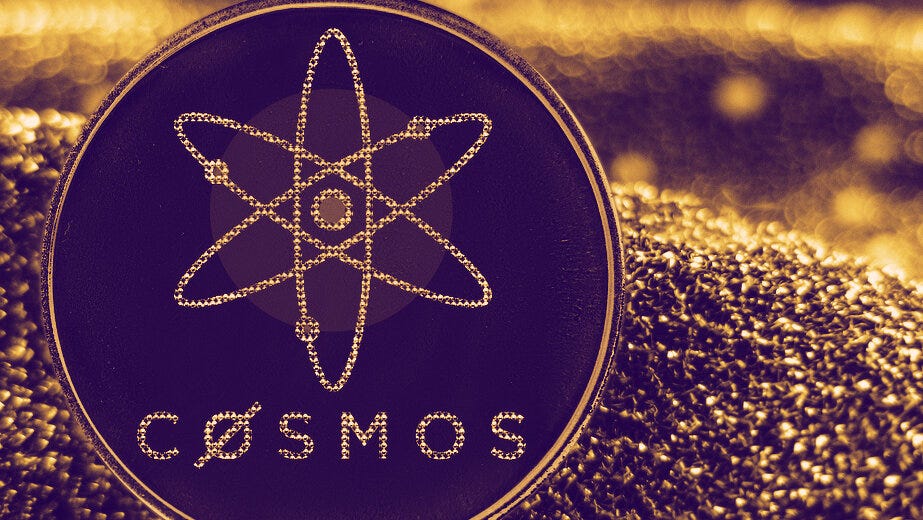
ATOM is the native cryptocurrency of the Cosmos network, which is a decentralized network of independent, scalable, and interoperable blockchains. Cosmos aims to solve some of the key challenges facing blockchain technology, such as scalability, usability, and interoperability, by providing a framework for building custom blockchains that can communicate and transact with each other.
One of the key components of the Cosmos network is the Cosmos Hub, which serves as the main blockchain in the Cosmos ecosystem. The Cosmos Hub uses a consensus algorithm called Tendermint, which is designed to be fast, secure, and energy-efficient. Tendermint is a Byzantine Fault Tolerant (BFT) consensus algorithm that aims to provide high throughput and fast finality for transactions.
ATOM plays a crucial role in the Cosmos network as a staking token. Validators in the Cosmos network are required to stake a certain amount of ATOM tokens as collateral to participate in block production and transaction validation. ATOM holders can also delegate their tokens to validators to earn rewards in the form of additional ATOM tokens.
In addition to its role as a staking token, ATOM can also be used for governance within the Cosmos network. ATOM holders can participate in on-chain governance proposals to vote on network upgrades, parameter changes, and other important decisions affecting the Cosmos ecosystem.
Overall, ATOM is a key component of the Cosmos network, serving as both a utility token for staking and governance and a means of exchange within the Cosmos ecosystem.
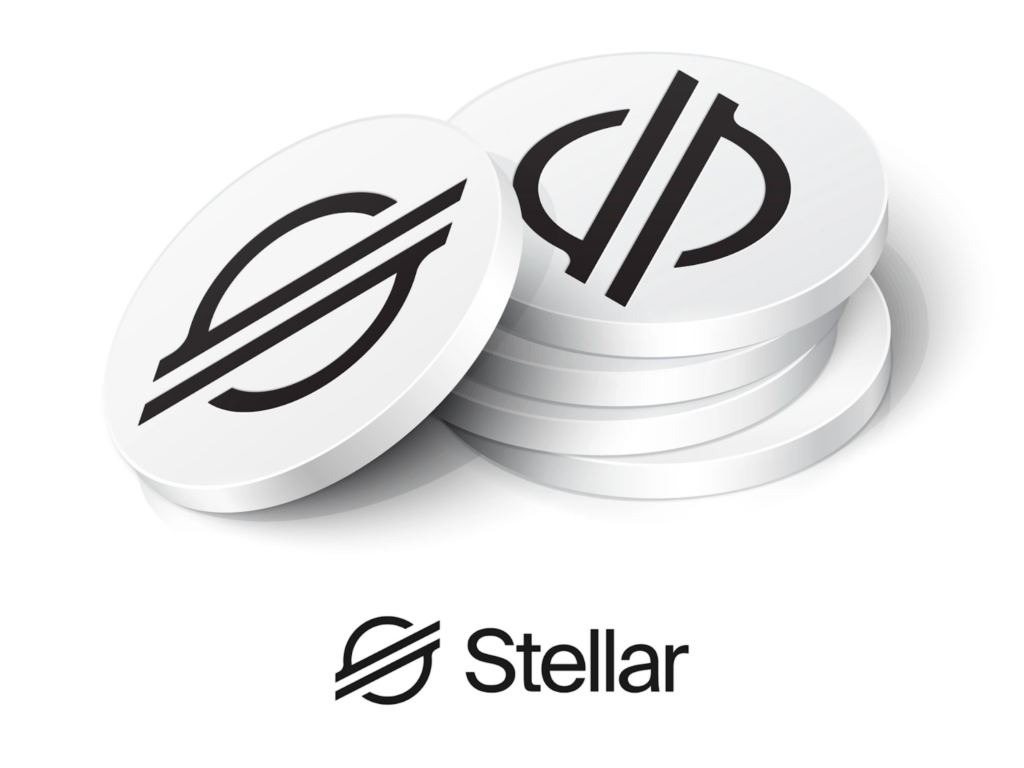
XLM, or Stellar Lumens, is the native cryptocurrency of the Stellar network, which is an open-source, decentralized protocol for digital currency to fiat money transfers. Stellar aims to facilitate cross-border transactions and enable low-cost, high-speed, and secure money transfers, particularly in areas where traditional banking systems may be inefficient or inaccessible.
Stellar Lumens (XLM) serves several purposes within the Stellar network:
Transaction fees: XLM is used to pay for transaction fees on the Stellar network. These fees are minimal and are designed to make microtransactions and low-value transfers cost-effective.
Anti-spam measure: XLM serves as an anti-spam measure on the network, as a small amount of XLM is required to create an account and fund it with enough XLM to meet the network's minimum balance requirement.
Cross-border payments: XLM can be used as a bridge currency for cross-border payments on the Stellar network. This means that XLM can be exchanged for other assets or currencies, facilitating the transfer of value across different currencies and jurisdictions.
Asset issuance: Stellar allows users to create and trade custom assets on its network. XLM can be used to facilitate the creation and exchange of these assets.
Stellar Lumens has gained attention for its focus on financial inclusion and its ability to provide efficient and affordable payment solutions, especially in areas with limited access to traditional banking services. The Stellar network has been used by various organizations and projects for purposes such as remittances, micropayments, and tokenization of assets.